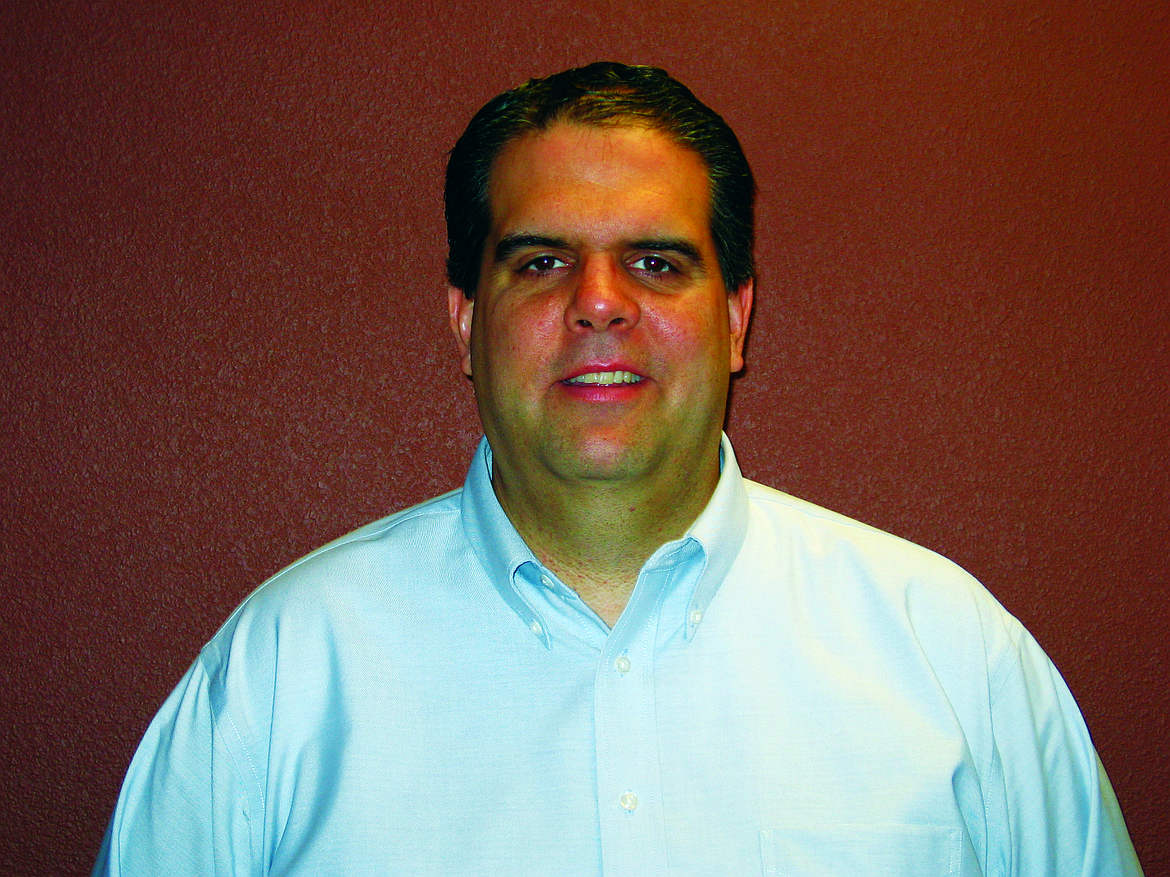ADVERTISING: Advertorial — Understanding vertebral disc injuries
Most of us know someone who has had back surgery for various reasons, many of which are the result of a disc injury. So, while injuries to our disc are fairly common, this type of injury typically does not happen all at once but occur over time. As we age, so does our spine and the intervertebral discs begin to degenerate due to the aging process. Unless you experience some sort of traumatic injury, disc injuries usually have a gradual onset and are associated with gradual wear and tear on the disc. There are multiples stages of disc degeneration which lead to a full disc herniation, and we will explore those stages in this article.
So how does a disc become herniated?
In between each vertebra is a small disc that acts as a cushion and this aids in movement of the spine. A vertebral disc is made up of a tough outer layer and a gelatinous center. Even though the outer layer of your spinal disc is protected by a tough outer wall, the outer layer can slowly break down due to age, stress, repetitive use, trauma, and disc desiccation. Disc desiccation or dehydration of the disc is a normal part of aging. But as the discs become smaller and less flexible, they become dehydrated, and this leads to degeneration changes in the structure. And if they become too damaged, the disc can rupture and herniate.
Let’s take a look at the four stages of disc degeneration that a disc will go through as it becomes a herniated disc.
• Stage 1 — Disc Degeneration — Chemical changes, years of physical labor or acute or chronic stress cause the outer disc layer to weaken, but the gel remains encased in the fibrous outer layer.
• Stage 2 — Prolapsed Disc — The inner disc pushes further into the outer layer of the disc, giving it a prolapsed appearance. This is also called a bulging disc. The gel material is encased and has not broken through the outer wall, but the bulge itself may compress nearby nerves or other spinal structures.
• Stage 3 — Extrusion — The gel eventually breaks through the outer wall. Even though it breaks through, the gel remains within the disc.
• Stage 4 — Sequestration — The gel breaks through the outer wall and eventually spills out of the spinal disc into the spinal canal. The chemical components of the gel material can cause nerve inflammation, irritation, or pain.
If degeneration is diagnosed in the earlier stages and along with the aid of a treatment plan from a spinal specialist, most herniated discs can usually heal on their own. However, if your symptoms continue to get worse, different options may need to be explored to achieve relief.
In the Journal of Physical Medicine Rehabilitation & Disabilities, Department of Health Professions, York College, City University Of New York, Aug 24, 2017; the paper reviewed “existing literature documenting current traditional therapeutic practices being used to treat degenerative disc conditions, and to provide a theoretical framework supporting rehydration capabilities of an Intervertebral Disc (IVD).” In conclusion, the article stated:
“The concepts presented in each section of this report were supplied with the objective of introducing a notion on the ability of degenerate Intervertebral Disc (IVD) disorders to regenerate or rehydrate. This paper attempted to explain this notion by exploring several different issues, such as anatomy and physiology, pathology and epidemiology, differential diagnosis, the current therapeutic practices being used to treat degenerative disc conditions, and a rationalization on how non-surgical spinal decompression may be able to regenerate a group of selective degenerative spinal conditions. With further research, this concept may lead to a paradigm shift in the pain management realm. Thus, patients can choose to receive corrective, non-invasive, close to zero risk therapy, rather than surgical/invasive interventions.”
In summary, the study is finding spinal decompression to be a beneficial treatment option for individuals suffering with the effects of disc degeneration. If you want to see if you are a candidate for this type of treatment, contact Natural Spine Solutions at 208-966-4425 for more information or schedule a consultation.
• • •
Dr. Wayne M. Fichter Jr. is a chiropractor at Natural Spine Solutions. The business is located at 3913 Schreiber Way in Coeur d’Alene. For more information, please contact us at 208-966-4425.

